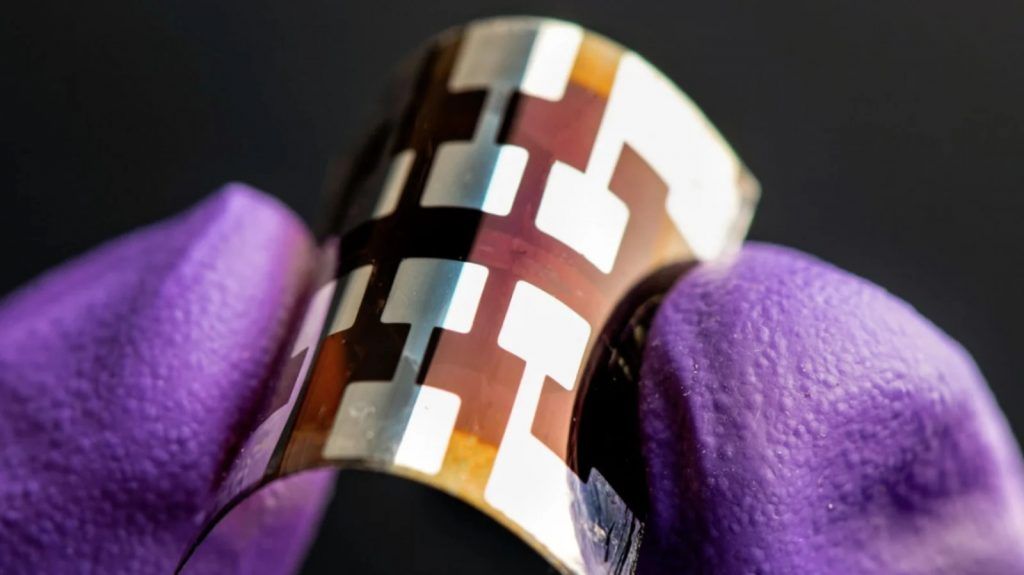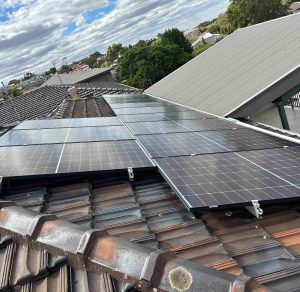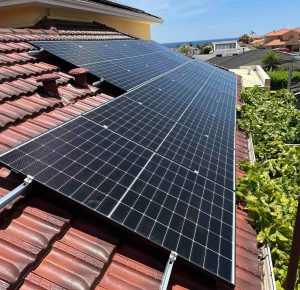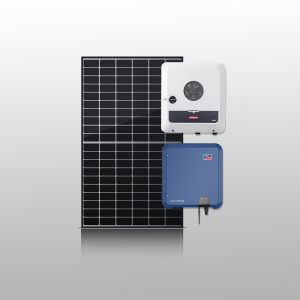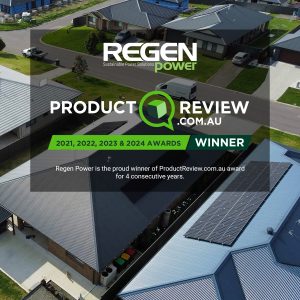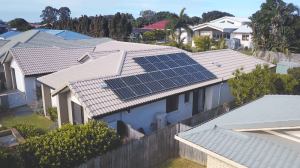Despite the current efforts, climate change is inevitable and irreversible at the current pace of human development. United Nation foresee circular economy – “an economy in which waste and pollution do not exist by design, products and materials are kept in use, and natural systems are regenerated” – as integral to these efforts and our sustainable development goals. Renewable energy systems are crucial to this concept. Amidst the global pandemic, renewables are at an all time high. Global research and development is making new strides in the frontiers of hydrogen power, solar windows and electric vehicles.
Solar Windows
As the name suggests, solar windows can replace the regular household windows. They are transparent, absorbs sunlight and converts them into electricity. This passive energy generation can compliment the rooftop PV systems that creates usable energy from direct solar irradiation. In tall skyscrapers and/or apartment complexes (limited by rood surface area), they can also be the primary means of renewable electricity production. In addition, it makes efficient use of building architecture.
Perovskite solar cells
The type of solar cells suitable for this application is not the conventional silicon crystals, which are opaque and has average efficiency between 19 and 25%. Thus, solar windows use thin-film panels made from perovskite solar cells (named after the Geologist Leo Perovski). They are easier and affordable to manufacture, has theoretical efficiency of upto 50% and, most importantly, transparent. The word “theoretical” is important here as PSCs are still in R&D phase with the latest iterations reaching efficiency of 27%. Another area for improvement of perovskite solar cells is their lack in durability and long-term stability.
solar-based renewables
Furthermore, an important facet of solar-based renewables is the contribution to decarbonization. Si-based solar cell manufacturing emits a lot of carbon dioxide. Perovskite solar cells is a promising alternative in this respect. They are also easily recyclable and requires 78% less energy during fabrication, bringing down their energy pay-back period to 0.35 years. With ramp in research in Europe and North America commercialization of solar windows with PSCs is more reachable than ever. This can also be a significant milestone to our efforts in attaining a circular sustainable economy.

